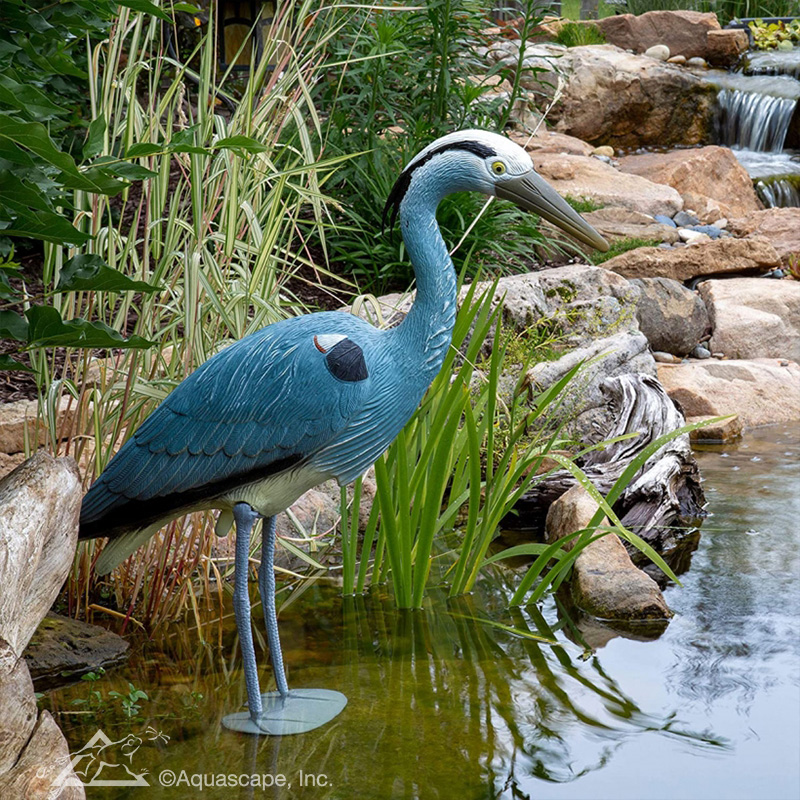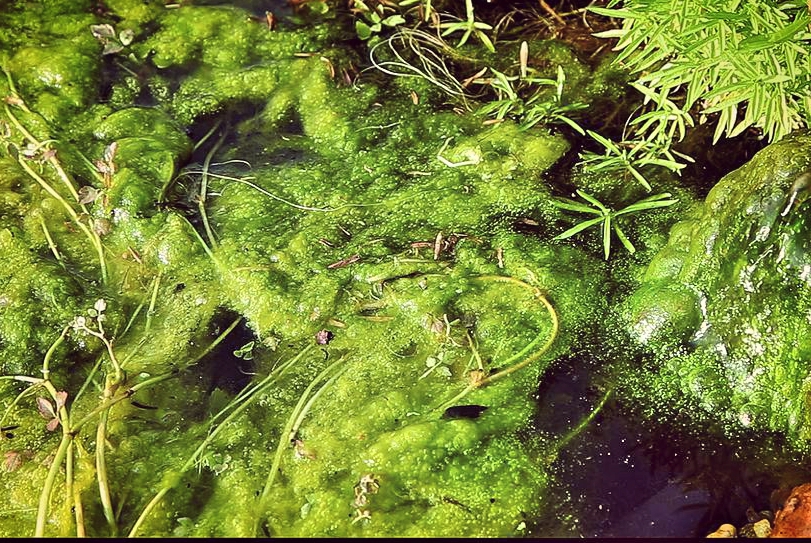The S
cience of Feeding Koi
The presence of fish in a pond is the number one reason for creating a water feature in the first place for many pond owners. Many pond owners who have kept aquarium fish for years decide to extend their hobby to the outdoors, while others view fish as a beautiful enhancement to their water garden. Regardless of the reasoning behind it, you’ll be able to enjoy this satisfying hobby for years to come.
You might be surprised at the affection you develop for your pond fish, finding them to be just as cherished as your dog or cat. You might even decide to name them! And just like your furry friends, your finned friends require a bit of special care and proper nutrition to thrive and flourish. Educate yourself on how to feed koi and pond fish to ensure their well-being and longevity.
To Feed or Not to Feed
Feeding koi can be a delightful family activity. When you first introduce the fish to their new home, they may initially appear shy and disinterested in the food you offer, often seeking refuge among rocks and caves. You don’t have to be overly concerned about this behavior, simply sprinkle a small amount of food into the pond and step back. After a few minutes, their curiosity is likely to kick in, and they’ll start showing interest in the food again. Consistency is key when it comes to feeding, try to feed your fish at the same time and from the same location each time you visit the pond, and over time they’ll become accustomed to your presence.
Its important to remember that anything you feed your fish will eventually be broken down and processed through your pond filter. Therefore, its crucial to buy high quality fish food that is specifically designed for the species in your pond. Feeding the low quality food can lead to water quality problems such as green water, string algae, and overall poor water conditions.
A Special Treat
Some pond owners like to treat their fish occasionally to something fun like fresh watermelon, orange slices or mandarin oranges, and even Honey Nut Cheerios. If you want to do the same, keep the amount you give small and remember that the natural ecosystem of your pond has to deal with any unconsumed food left behind, so its important not to overfeed your fish.
Two Minute Rule for Feeding Koi
A good rule of thumb to follow is only feeding koi what they can eat within a couple of minutes. Remember, the decision to feed your fish is ultimately up to you as many pond owners never throw a piece of food into their pond. The natural ecosystem of your pond will produce enough food and nutrients for your fish to consume while also creating a balance between your plants and fish. If your fish are on the larger scale, they’ll need more food and might turn to your aquatic plants for a tasty snack if they aren’t getting enough food.
Choosing the Best Food
Studies have been done comparing the digestion of protein from different sources in fish, revealing feeding koi fish proteins offers the best digested and absorbed protein for other fish. Essentially, fish eat fish.
Fish have evolved to consume others in their food chain, making fish proteins the optimal food choice for them.
Are Feeding Koi Plant Proteins Bad?
Plant proteins aren’t automatically a bad thing to feed your pond fish as they provide additional nutrition value like fiber and carbs. When used in combination with aquaculture proteins, plant proteins are a beneficial additive to your pond fish’s diets, so foods that list fishmeal first and then wheat germ, soybean meal or corn gluten meal means its a perfectly acceptable and nutritious food for your fishy friends. We use and recommend Aquascape Fish Food.
Assessing an Ingredient Label
Reading ingredient labels can be both exciting and potentially misleading for consumers. Some labels may showcase great ingredients and attention to manufacturing quality, while others might use tactics like ingredient splitting and foreign laws to confuse buyers. Contact us for more information.






